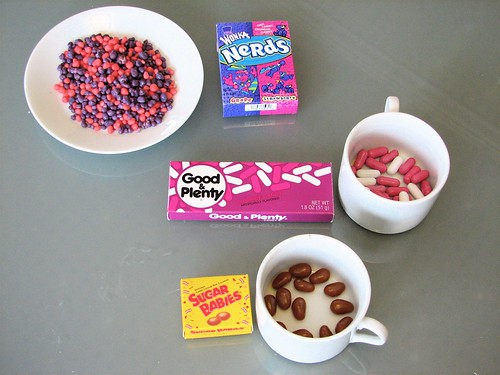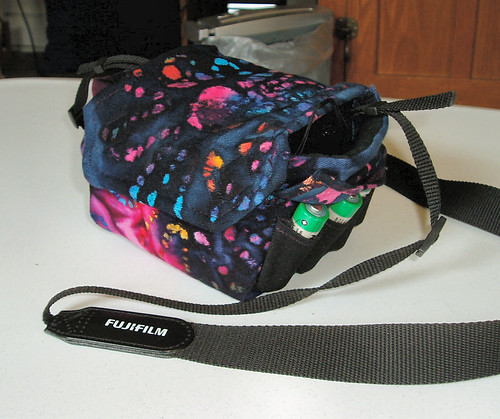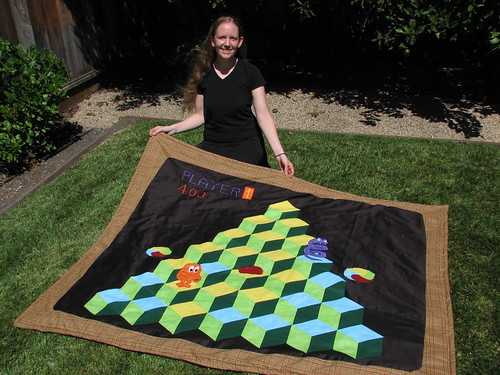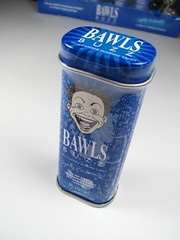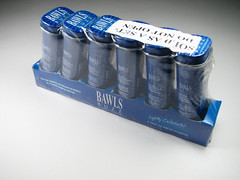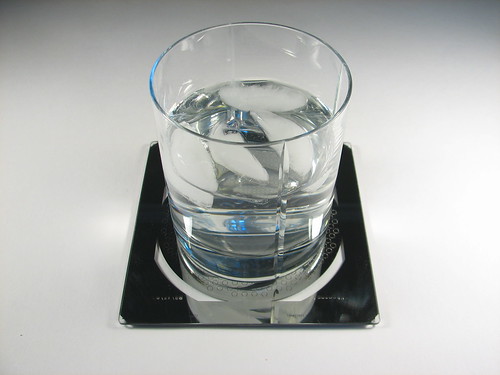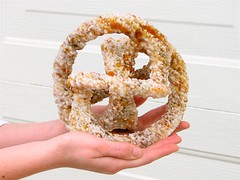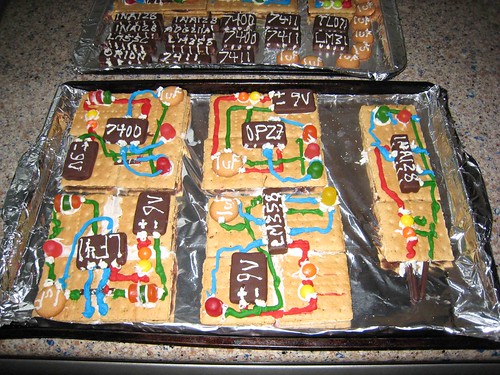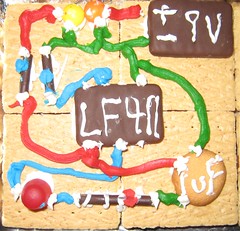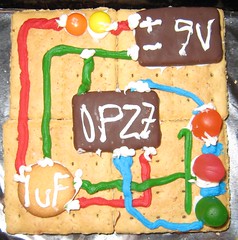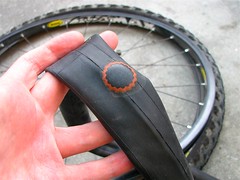Supposing that you’re less than omnivorous, you may not always be in the mood to eat insects. You might be vegetarian, or your religion tells you that you shouldn’t eat insects, or maybe you’re just on a strict non-bug-eating diet. Here are a couple of simple hints to help you identify foods that contain bugs, illustrated with a few common supermarket candy items.
(Note: This article has been moved here from Instructables, where it was previously published. It has also been slightly updated.)
Continue reading How to Eat Fewer Insects (formerly on Instructables)




